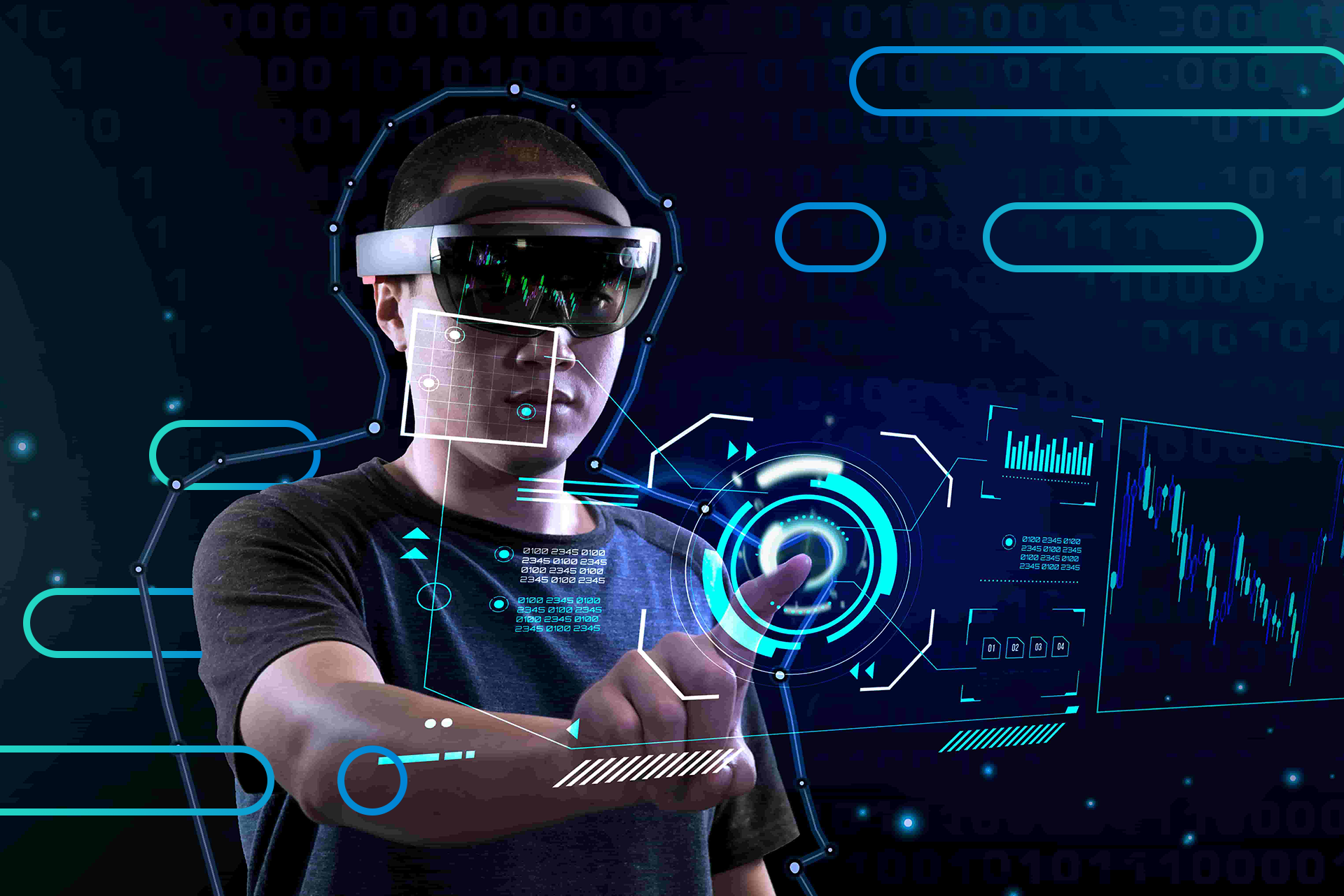In the ever-evolving landscape of technology, Virtual Reality (VR) has emerged as a transformative force, reshaping the way we interact with the digital world and pushing the boundaries of human experience. With its immersive capabilities, VR has found its way into numerous industries, offering a wide range of applications and advantages that extend beyond entertainment. From healthcare to education, from training simulations to architectural design, VR is opening up new dimensions of possibility.
Understanding Virtual Reality:
At its core, Virtual Reality is a computer-generated environment that simulates a realistic sensory experience, primarily using visual and auditory stimuli. By immersing users in a digitally constructed world, VR engages their senses, enabling them to interact with objects and environments as if they were physically present. This immersion is achieved through specialized VR headsets that encompass the user’s field of view and often include motion-tracking technology to replicate real-world movements.
Applications of Virtual Reality:
- Gaming and Entertainment: The most well-known application of VR lies in the gaming industry. VR gaming transports players into the heart of the action, allowing them to engage with virtual worlds and characters in a deeply immersive manner. This experience has redefined the gaming landscape, offering a level of engagement and realism that traditional gaming formats could not match.
- Healthcare and Therapy: VR has demonstrated significant potential in healthcare. It’s used for medical training simulations, allowing students and professionals to practice complex procedures in a risk-free environment. Moreover, VR has been leveraged for pain management, exposure therapy for phobias, and rehabilitation exercises, improving patient outcomes and reducing anxiety during medical procedures.
- Education and Training: Educational institutions and corporations are adopting VR to enhance learning experiences. From virtual field trips to historical sites to intricate 3D models for scientific education, VR brings subjects to life and facilitates deeper understanding. In the corporate world, VR training simulations prepare employees for complex tasks and hazardous environments without exposing them to actual risks.
- Architecture and Design: Architects and designers are using VR to create virtual walkthroughs of buildings and environments before they are constructed. This allows stakeholders to visualize the final product, make informed decisions, and identify potential design flaws early in the process.
- Tourism and Real Estate: Virtual tours offer prospective travelers and homebuyers a preview of destinations and properties. VR enables users to explore hotel rooms, vacation spots, and potential homes, giving them a more realistic sense of what to expect.
- Social Interaction: Virtual Reality has also begun to transform social interactions. Social VR platforms enable people to meet, communicate, and engage in shared activities within virtual spaces, regardless of their physical location. This has the potential to revolutionize long-distance relationships, remote work, and online gatherings.
Advantages of Virtual Reality:
- Immersive Learning: VR’s immersive nature enhances the learning experience by promoting active engagement and spatial understanding. It caters to various learning styles and helps users retain information more effectively.
- Risk-Free Training: In industries such as medicine, aviation, and manufacturing, VR training eliminates the risks associated with learning in real-world scenarios. This leads to better-prepared professionals and safer environments.
- Enhanced Visualization: VR provides a three-dimensional perspective that flat screens cannot replicate. This is particularly valuable for complex data visualization, design evaluations, and simulations.
- Empathy and Awareness: VR experiences can foster empathy by allowing users to step into the shoes of others. This is utilized in fields like social work and diversity training to promote understanding and compassion.
- Time and Cost Efficiency: VR can expedite design iterations, eliminate the need for physical prototypes, and reduce the costs associated with travel and physical training setups.
Challenges and Future Prospects:
While the potential of VR is vast, challenges remain. High costs of quality VR hardware, potential motion sickness, and the need for optimized content creation are among the hurdles the technology must overcome. Additionally, concerns about excessive screen time and its impact on human interaction warrant careful consideration.
The future of VR promises even more advancements, with the potential for more compact, affordable, and user-friendly hardware. As content creation tools improve, VR experiences will become more accessible and diverse. Integration with other emerging technologies like artificial intelligence and haptic feedback systems will further elevate the level of immersion and realism.
Conclusion:
Virtual Reality has rapidly evolved from a niche technology to a versatile tool with applications that span across industries. Its immersive capabilities enhance learning, training, entertainment, and more, providing users with experiences that were once thought to be confined to the realm of science fiction. As VR continues to advance, its potential to revolutionize various aspects of our lives is becoming increasingly evident. However, responsible development and thoughtful implementation will be key to harnessing the full benefits of this transformative technology.





